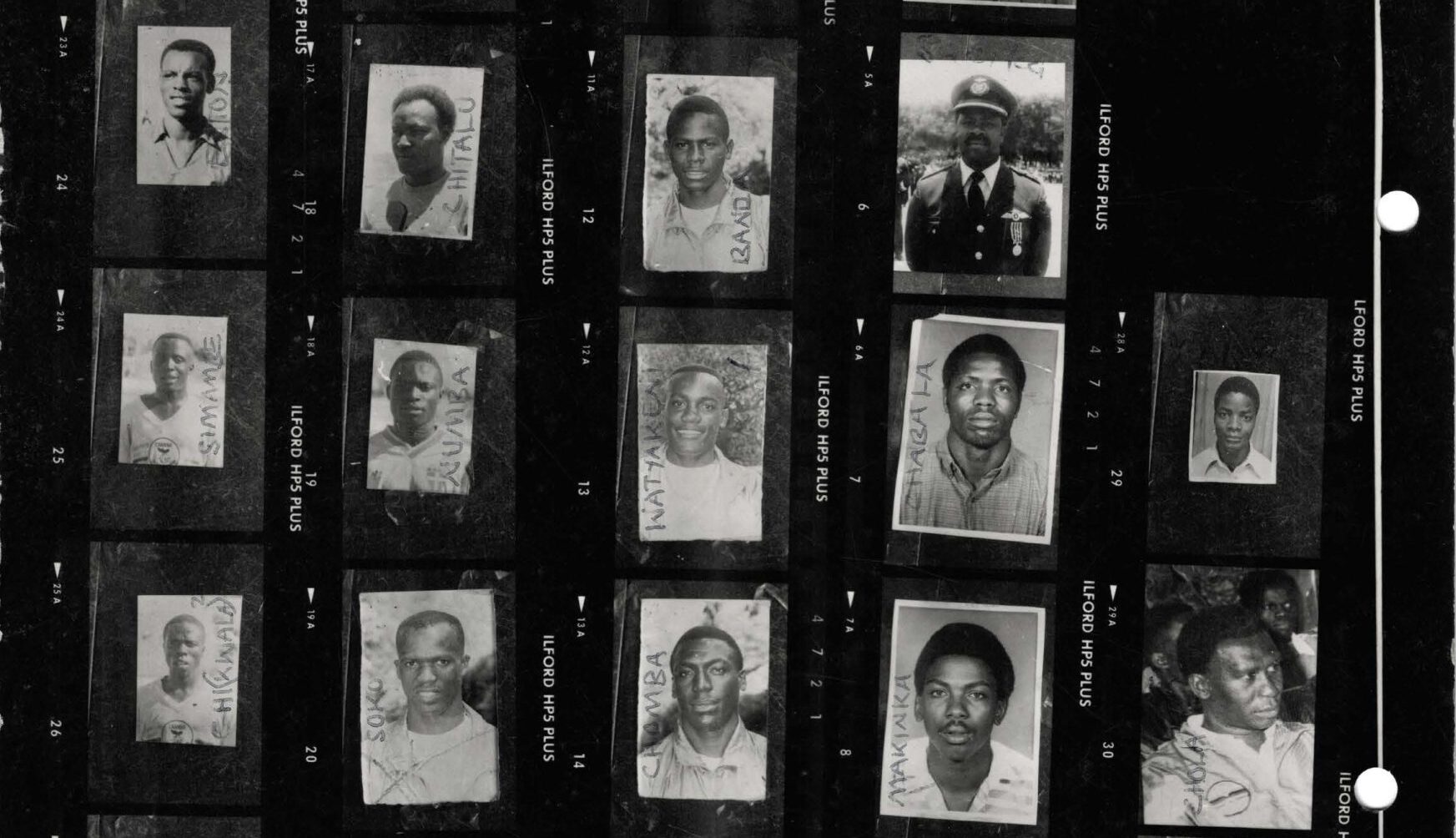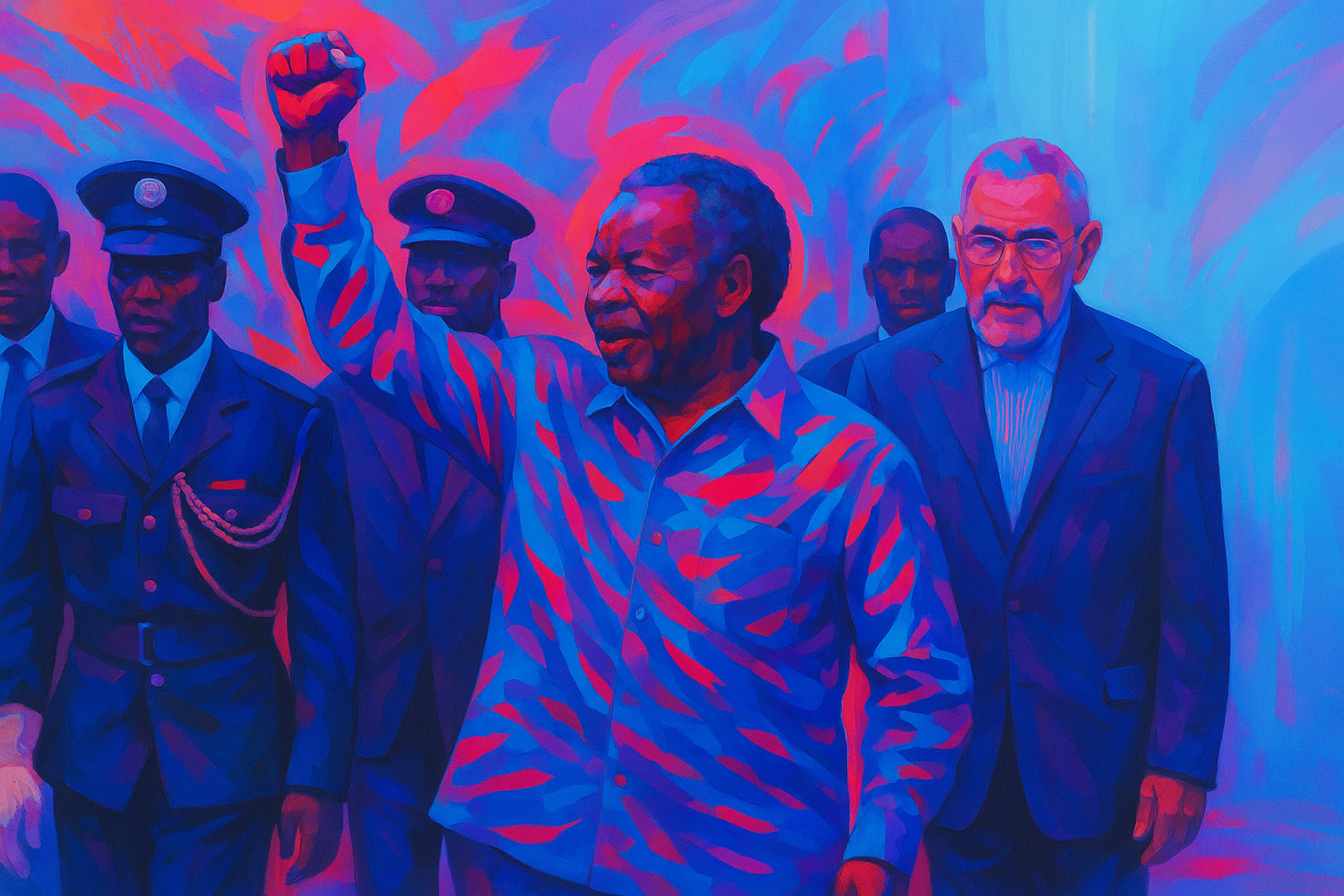
Adamson Bratson Mushala is one of Zambia’s most complex historical figures — a freedom fighter with a legacy of being a dissident. His journey from an independence advocate to a defiant rebel leader reflects the turbulent politics of post-colonial Zambia. He is not revered as some other Zambian freedom fighters that have gone down in our history books.
Mushala's political career began as a member of the United National Independence Party (UNIP), where he actively participated in Zambia’s struggle for independence. His commitment earned him military training in China, where he mastered guerrilla warfare tactics. He is also said to have met with Chairman Mao during his time in China and even named his daughter after the founder of the People’s Republic of China. Mushala’s wife, Rejoice, was also part of the independence movement and protested alongside freedom fighters such as Julia Chikamoneka.
Disillusionment and Armed Rebellion

After Zambia gained independence in 1964, his return home marked the beginning of a disillusioning experience. His political ambitions were frustrated when he was not offered a government post despite his sacrifices. Mushala had previously trained to be a game ranger, he loved wildlife and nature and hoped to become Zambia’s tourism minister, but this was not meant to be.
Feeling betrayed, Mushala left Zambia and later received military support from South Africa’s apartheid regime. By 1975, he had returned, determined to wage an armed rebellion against President Kenneth Kaunda’s one-party state. His insurgency was concentrated in Zambia's North-Western Province, where he established a guerrilla base in the remote forests.
Legacy of Myth and Controversy
Mushala’s ability to evade capture for years led to the rise of myths about his supposed supernatural powers. Stories of witchcraft surrounding him became so widespread that authorities reportedly consulted spiritual practitioners in attempts to locate him. This blend of real rebellion and mythical tales gave his persona an almost legendary status among local communities.
His rebellion continued until November 1982, when he was ambushed and killed by Zambian security forces near Solwezi. A bullet to the head ended his campaign, and the government displayed his body publicly to dispel lingering beliefs that he was invincible.
Even after his death, remnants of Mushala's forces continued fighting under the leadership of Alexander Saimbwende. This prolonged resistance lasted until 1990, when Saimbwende surrendered following peace talks with government officials, effectively ending the insurgency.
Adamson Mushala remains a polarising figure in Zambia’s history. To some, he was a visionary driven to rebellion by political betrayal; to others, he was a dangerous outlaw who sought to destabilise the country. His legacy lingers in Zambian folklore, where history and legend intertwine, leaving behind a narrative both tragic and defiant.









